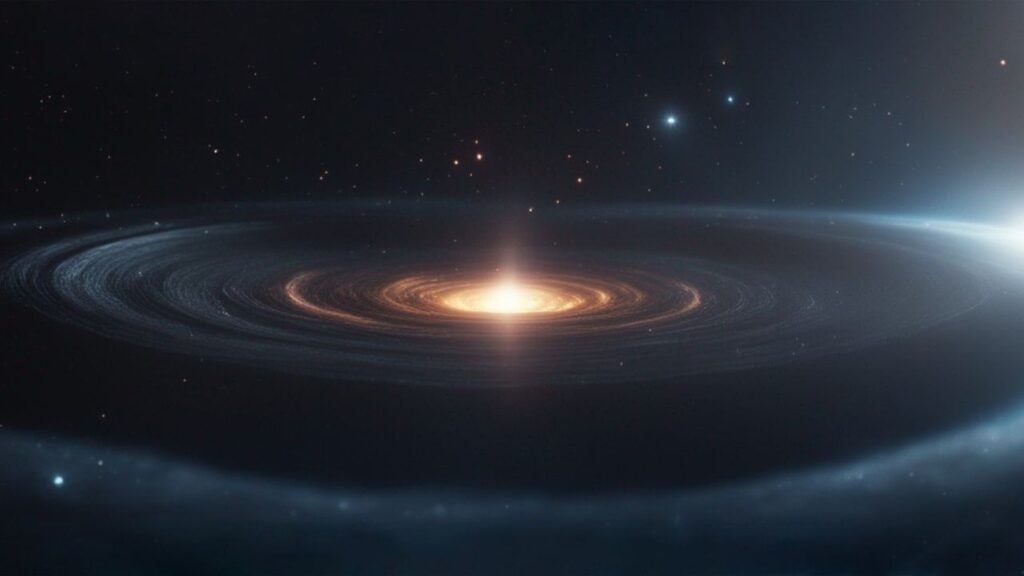
The quest to detect ripples from the Big Bang could fundamentally alter our understanding of the universe. Researchers are developing advanced technologies to capture these elusive gravitational waves, which are believed to be remnants from the cosmos’s earliest moments. If successfully detected, these waves could provide unprecedented insights into cosmic inflation, the rapid expansion that occurred shortly after the Big Bang.
In 1916, physicist Albert Einstein predicted the existence of gravitational waves through his theory of general relativity. These waves, which are ripples in the fabric of space-time caused by massive objects in motion, were initially thought to be undetectable due to their incredibly weak nature. For nearly a century, this notion remained unchallenged until scientists proved otherwise.
In 2015, the Laser Interferometer Gravitational Wave Observatory (LIGO) made history by detecting gravitational waves produced by merging black holes. This groundbreaking achievement confirmed Einstein’s long-held theory. The energy released during these mergers is immense, equivalent to the entire mass of the sun being transformed into energy in less than a second, yet it remains invisible to the naked eye.
While black hole mergers produce strong gravitational waves, they are not the most powerful waves generated in the universe. Cosmologists theorize that during the initial moments of the Big Bang, the universe underwent rapid inflation, expanding drastically in a fraction of a second. This inflation created gravitational waves of unprecedented strength, which continue to propagate through space.
Although evidence suggests that inflation occurred, scientists still lack direct observational data. The cosmic microwave background, released approximately 380,000 years after the Big Bang, provides a faint imprint of this early event. Variations in temperature across the sky match predictions of inflation’s statistical properties, but the true nature of inflation remains elusive.
The gravitational waves generated during inflation, known as primordial gravitational waves, are extremely challenging to detect. Unlike the sharp signals from merging black holes, these waves are long and weak, making them difficult to separate from background noise. Current terrestrial detectors, such as LIGO, are not equipped to identify these subtle signals.
To improve detection capabilities, the upcoming Laser Interferometer Space Antenna (LISA) is set to launch in the mid-2030s. This innovative observatory will consist of three satellites positioned between 600,000 to 3 million miles (1 million to 5 million kilometers) apart. By bouncing lasers between these satellites, LISA aims to detect minute changes in distance caused by gravitational waves traversing the solar system.
LISA’s mission extends beyond the search for primordial gravitational waves; it will also investigate waves generated by supernovae and supermassive black holes. Researchers are hopeful that LISA will provide the first direct observations of the universe’s infancy, offering transformative insights into the mechanisms behind cosmic inflation.
In addition to LISA, a proposed successor known as the Big Bang Observer (BBO) aims to enhance detection capabilities even further. This ambitious project envisions a network of multiple spacecraft employing high-powered lasers to identify a wider array of primordial gravitational waves. However, as of now, the BBO remains a concept without concrete plans for implementation.
As scientists await the launch of LISA, the potential for groundbreaking discoveries looms. Detecting primordial gravitational waves would not only confirm theories of inflation but could also reshape our understanding of the universe’s origins and evolution. The search for these cosmic echoes continues, with the hope that they will unveil the hidden history of our universe.







